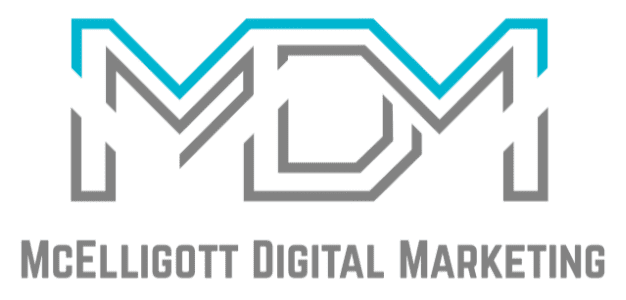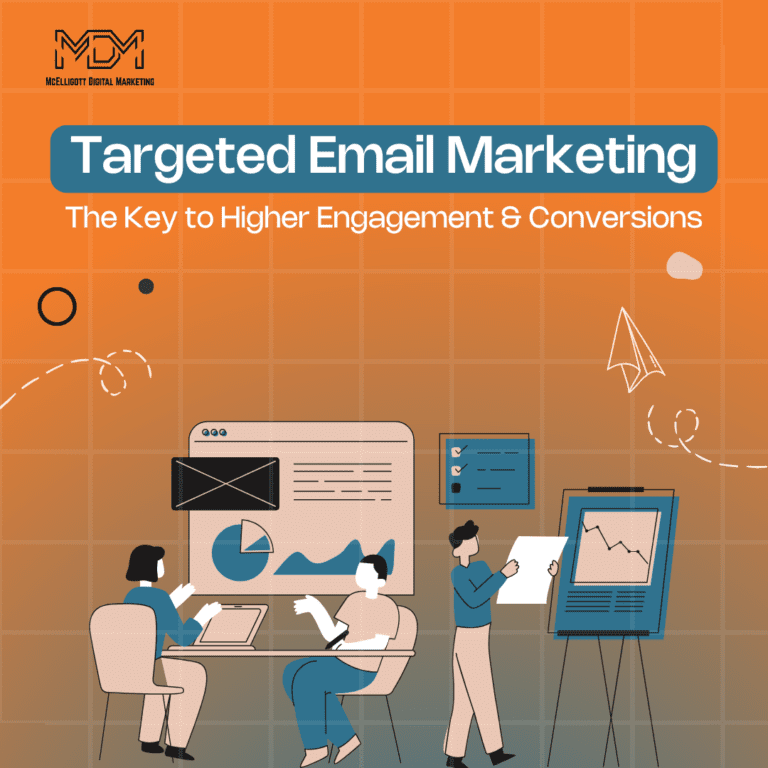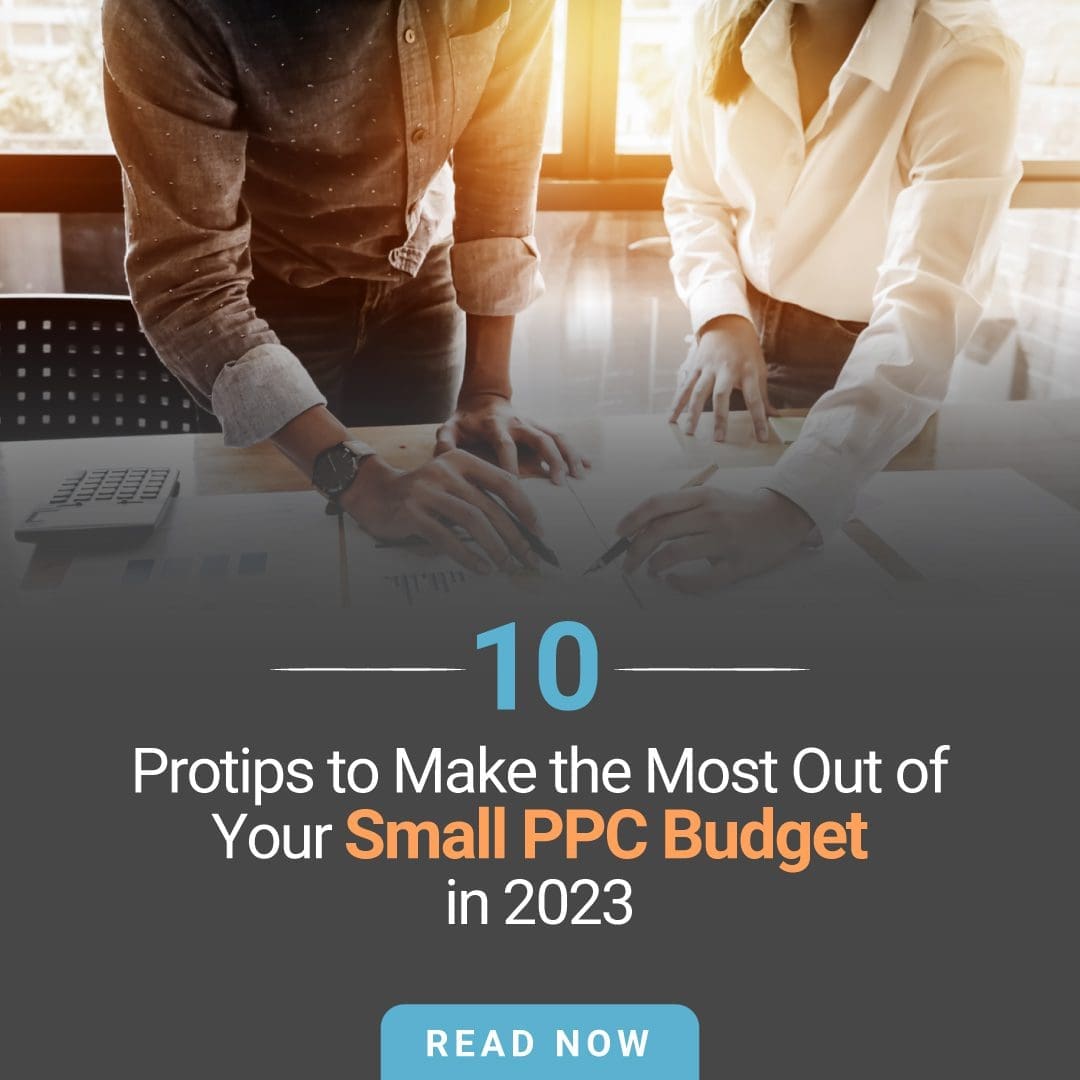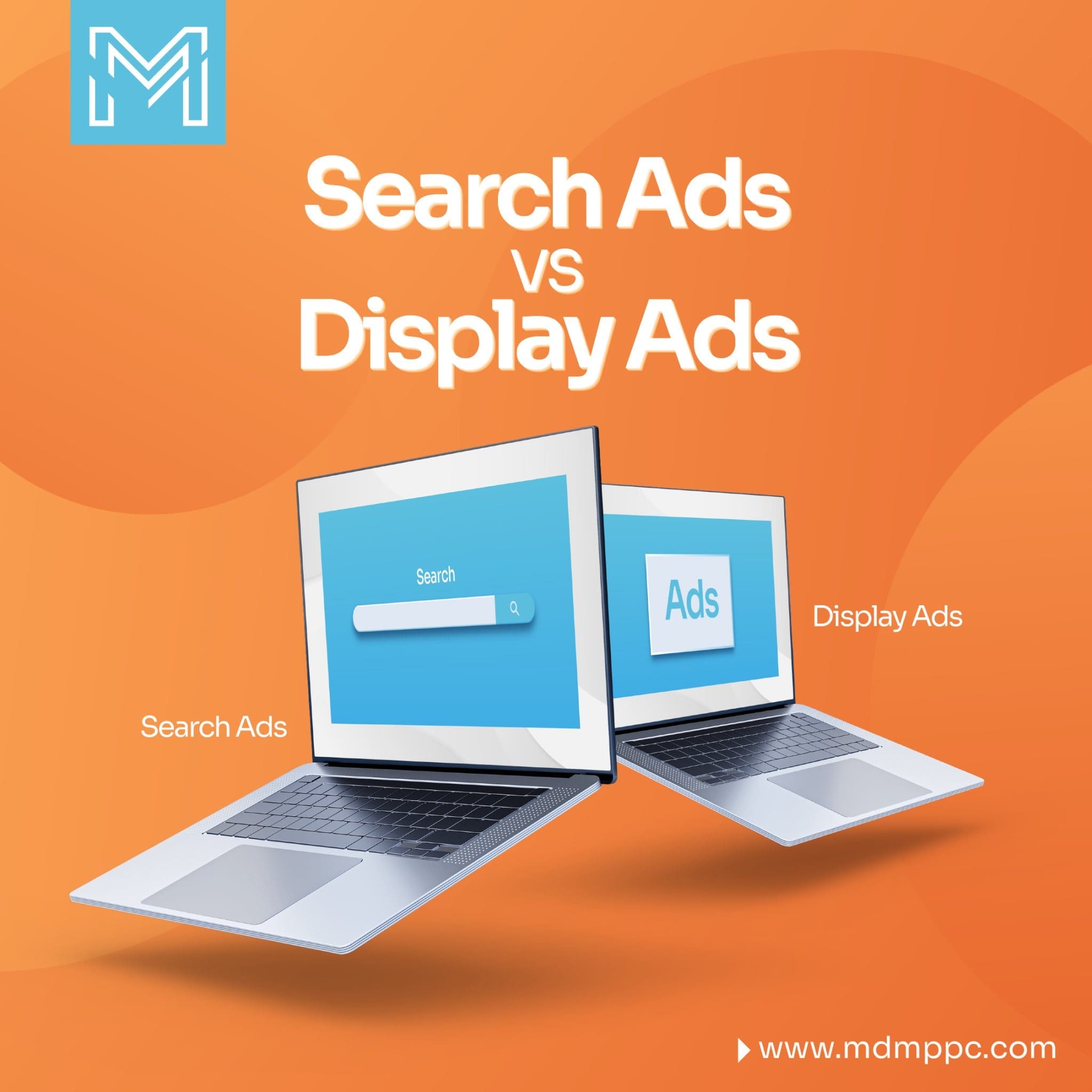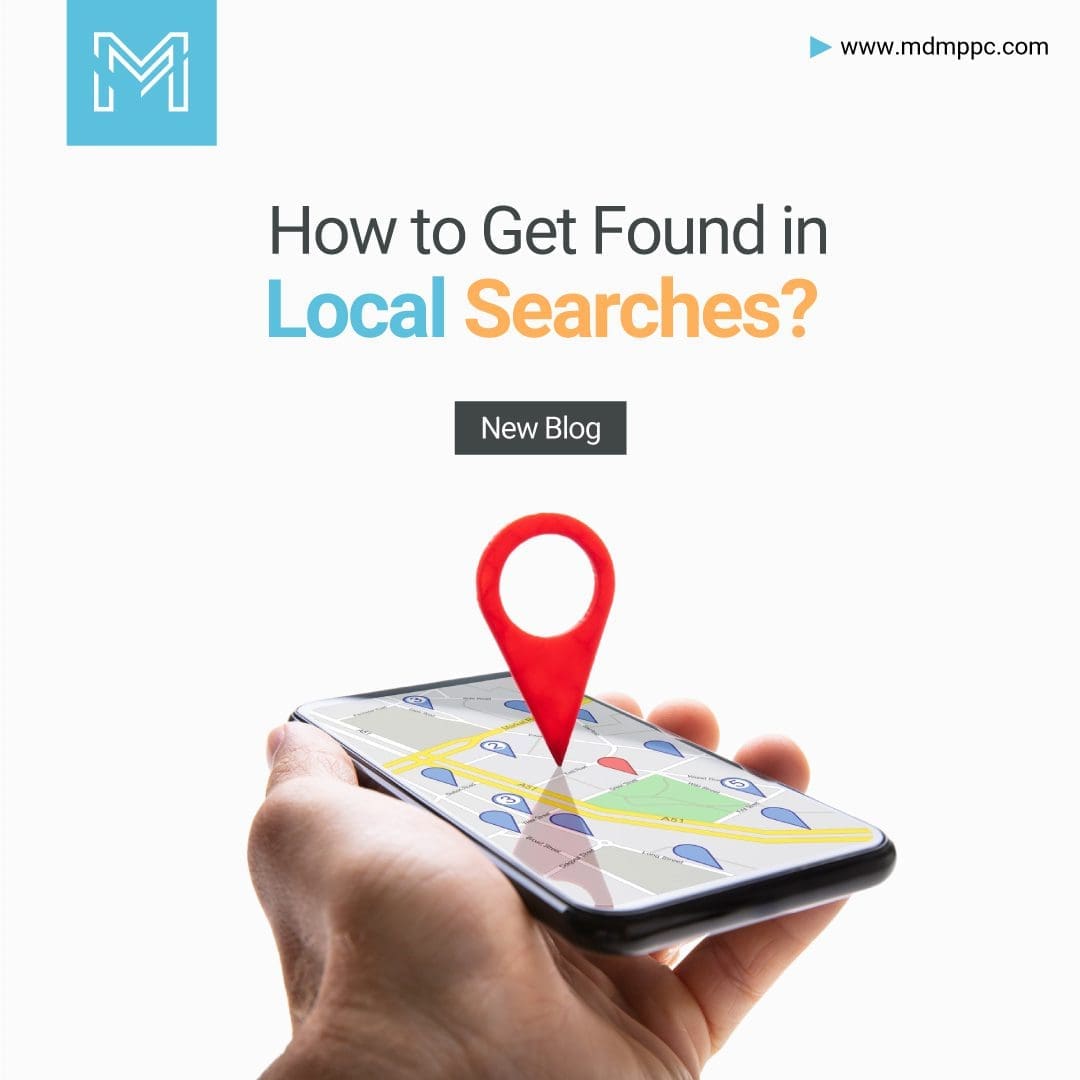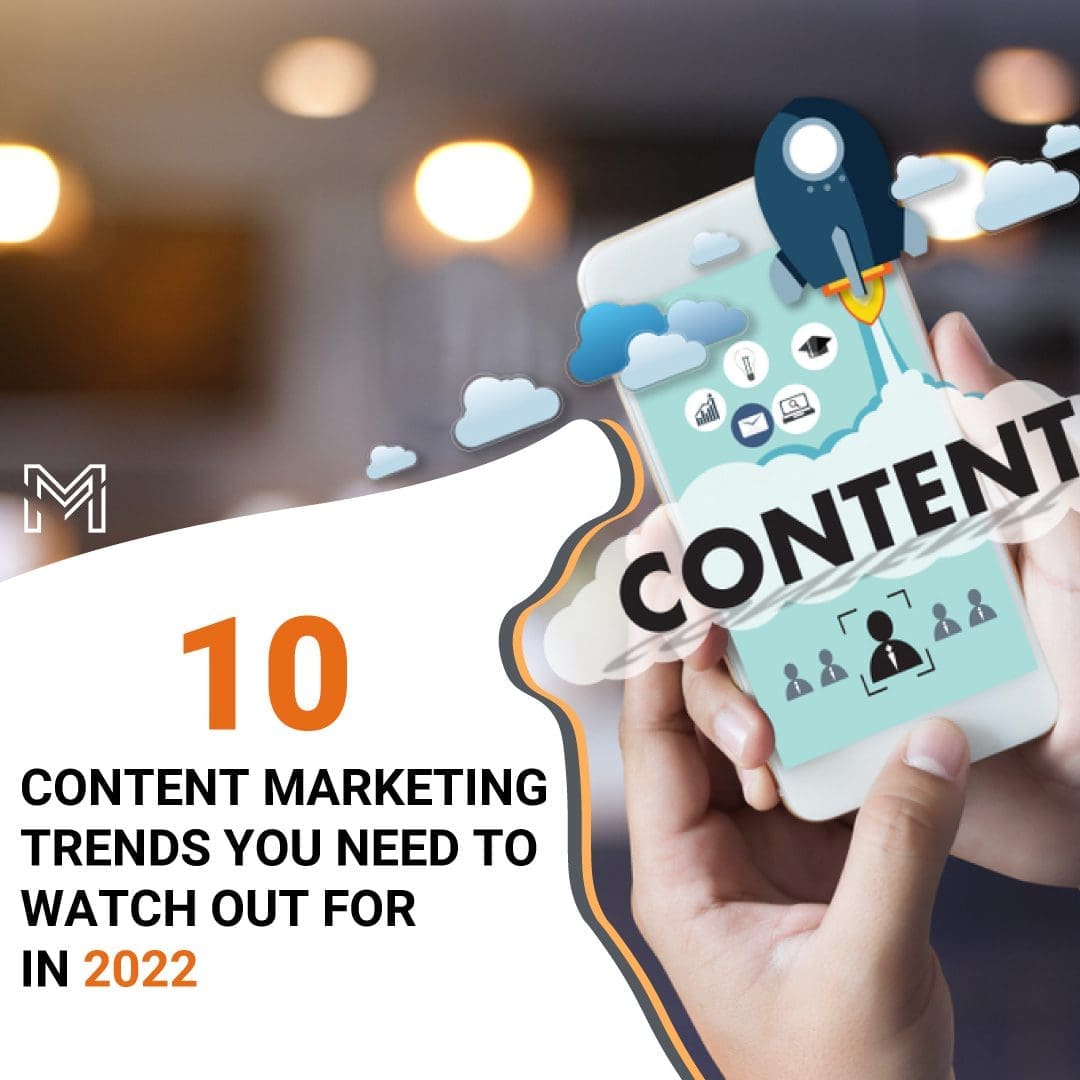Email marketing is one of the most cost-effective ways to engage customers and drive sales. It allows businesses to communicate directly with their audience without relying on social media algorithms or paid ads. When done right, email marketing can generate high engagement and strong conversions at a low cost.
However, sending generic emails to everyone on your list won’t work. Consumers expect personalized, relevant content that speaks to their needs. That’s where targeted email marketing comes in.
By segmenting our email list and delivering the right message to the right people, we can increase open rates, boost click-throughs, and improve customer retention.
In this guide, we’ll explore how targeted email marketing works, why it’s effective, and how to implement it successfully.
What is Targeted Email Marketing?
Definition & Explanation
Targeted email marketing is the practice of sending personalized emails to specific groups of recipients based on their behavior, interests, and demographics. Instead of blasting the same message to everyone, targeted emails deliver the right content to the right people at the right time.
For example, a fitness brand can send:
- Workout gear recommendations to customers who recently bought running shoes
- Protein supplement discounts to those who frequently purchase nutrition products
- Beginner workout guides to new subscribers
This approach makes emails more relevant and engaging, increasing the likelihood of conversions.
Key Benefits of Targeted Email Marketing
Better Personalization – People engage more with emails that feel tailored to their needs. Addressing subscribers by name, suggesting products based on past purchases, or sending birthday discounts can make a huge difference.
Higher Engagement Rates – Since targeted emails are relevant, they generate higher open rates, click-through rates, and responses compared to generic emails.
Improved Customer Experience – Subscribers receive valuable content rather than irrelevant promotions, increasing brand trust and long-term loyalty.
Higher Conversions – Emails tailored to specific customer behaviors (e.g., abandoned cart reminders) help move users down the sales funnel, leading to more sales and revenue.
Lower Unsubscribe Rates – Generic emails often annoy subscribers, but personalized content keeps them engaged and reduces the likelihood of unsubscribes.
How is Targeted Email Marketing Different from General Email Marketing?
Traditional mass email marketing sends the same generic message to an entire email list, regardless of the recipient’s interests or behavior. In contrast, targeted email marketing delivers personalized, relevant content to specific segments, leading to higher engagement and conversions.
Here’s a quick comparison:
| Aspect | Mass Email Marketing | Targeted Email Marketing |
| Approach | One-size-fits-all | Personalized and data-driven |
| Content | Generic for all | Tailored to audience segments |
| Engagement | Lower open & click rates | Higher engagement & response rates |
| Conversions | Lower conversion rates | More sales and ROI |
| Customer Experience | Can feel irrelevant | Feels personal and valuable |
Why Targeted Email Marketing Works
Generic emails often get ignored, but targeted emails stand out because they feel personal and relevant to the recipient. When emails are customized based on interests, behavior, or purchase history, they drive higher engagement, better conversions, and stronger customer relationships. Here’s why targeted email marketing is so effective:
Higher Open & Click-Through Rates
People are more likely to open and engage with emails that match their interests. If an email speaks directly to a recipient’s needs, they’ll click and take action.
Fact: Personalized subject lines increase open rates by 26%. (Campaign Monitor)
Increased Conversions & Sales
Emails that recommend relevant products or exclusive offers based on past behavior convert better than generic promotions.
Fact: Targeted emails generate 58% of all email revenue because they deliver the right message to the right people. (HubSpot)
Example: If a customer abandons their cart, a well-timed email with a discount or reminder can encourage them to complete the purchase.
Stronger Customer Loyalty
When brands send useful, relevant content, customers feel valued and stay engaged. This builds trust, brand recall, and long-term loyalty.
Fact: 80% of consumers are more likely to purchase from brands that provide personalized experiences. (Epsilon)
Examples of Targeted Email Marketing in Action
Leading brands like Amazon, Sephora, and Spotify use targeted email marketing to drive engagement and boost sales. By leveraging customer data, they personalize content and deliver highly relevant emails.
Here’s how they do it:
Amazon – Smart Product Recommendations
Amazon uses AI-driven personalization to analyze browsing history, past purchases, and wishlist activity. This allows them to send highly customized product recommendations that encourage repeat purchases.
Example:
- “Recommended for You” emails based on past shopping behavior
- Abandoned cart reminders to recover lost sales
- Exclusive deals on frequently viewed items
Impact: Amazon’s recommendation system is responsible for 35% of total sales, and email plays a key role in this strategy.
Sephora – Personalized Beauty Preferences
Sephora segments customers based on their skin type, beauty preferences, and purchase history to send targeted product recommendations and promotions.
Example:
- Personalized beauty tips and tutorials based on customer preferences
- Birthday rewards and loyalty program incentives
- Restock reminders for frequently purchased skincare products
Impact: Personalized emails help Sephora improve customer retention and repeat purchases.
Spotify – Customized Playlists & Listening Insights
Spotify collects data on users’ listening habits and preferences to create highly personalized listening experiences.
Example:
- “Your Top Songs of the Year” – Personalized Spotify Wrapped emails
- New music recommendations based on recent listening habits
- Concert alerts for favorite artists
Impact: These customized email campaigns significantly boost user engagement and app retention.
Targeted Email Marketing Cost
Targeted email marketing is one of the most cost-effective ways to engage customers and drive sales. Unlike paid ads, where costs fluctuate based on competition, email marketing provides consistent ROI with relatively low upfront investment.
Cost Breakdown of Targeted Email Marketing
The total cost of running a targeted email campaign depends on several factors:
Email Marketing Platforms – Tools like Mailchimp, Klaviyo, or HubSpot charge monthly fees based on the number of subscribers and features used. Prices start at $10/month for small lists and can go up to $500+ for large-scale campaigns.
Automation & AI Tools – Advanced platforms like ActiveCampaign or Brevo help with automated segmentation and personalization. These tools typically cost $50 to $300 per month, depending on the features needed.
List-Building Costs – Acquiring new subscribers through lead magnets, landing pages, or social media ads can range from $100 to several thousand dollars, depending on how aggressively a business grows its list.
Copywriting & Design – Hiring professionals for email content and visuals can cost anywhere from $50 per campaign (freelancers) to $1,000+ (agencies). Some businesses handle this in-house to cut costs.
A/B Testing & Optimization – Many email marketing platforms include built-in testing and analytics at no extra cost, allowing businesses to improve campaigns without additional spending.
ROI Comparison: Email Marketing vs. Other Channels
Email marketing outperforms most digital marketing channels when it comes to ROI.
According to a report by Litmus:
- Email marketing generates $36 for every $1 spent, making it the highest ROI channel.
- Paid search (Google Ads) yields around $2 for every $1 spent.
- Social media ads provide an average ROI of $2.80 for every $1 spent.
Unlike social media or paid ads, where costs are ongoing, email marketing allows businesses to nurture leads and retain customers without continuous ad spending.
How to Get a Targeted Email Contact List
A high-quality targeted email list is the foundation of successful email marketing. But not all email lists are created equal. Buying email lists may seem like a shortcut, but it often leads to low engagement, spam complaints, and legal issues. Instead, businesses should focus on organically growing a targeted list with engaged subscribers.
Best Ways to Build a Quality Email List
Create a High-Value Lead Magnet – Offer a free eBook, webinar, checklist, or exclusive discount in exchange for an email signup. People are more likely to subscribe when they receive something valuable in return.
Optimize Signup Forms on Your Website – Place easy-to-find opt-in forms on your homepage, blog posts, and checkout pages. Make sure they are mobile-friendly and require minimal effort to fill out.
Use Popups & Exit-Intent Forms – Smart popups that appear when a user is about to leave your site can convert visitors into subscribers. Keep the message short, engaging, and offer an incentive.
Leverage Social Media & Communities – Promote your email list through social media posts, YouTube videos, and online forums. Hosting giveaways or referral programs can also help attract engaged subscribers.
Host Webinars & Events – Webinars, live Q&A sessions, or virtual events provide an opportunity to collect emails from interested participants.
Why Buying Email Lists is a Bad Idea
- Low Engagement: Purchased lists consist of people who never opted in, leading to poor open rates and high bounce rates.
- Spam Complaints & Legal Risks: Many email regulations (GDPR, CAN-SPAM) prohibit sending unsolicited emails, risking legal penalties.
- Damaged Sender Reputation: If too many recipients mark your emails as spam, email providers may block or blacklist your domain.
Email List Segmentation
Email list segmentation is the key to higher engagement and conversions. Instead of sending the same email to everyone, businesses can divide their audience into smaller groups based on specific factors. This ensures that each subscriber receives relevant content, increasing open rates, click-throughs, and sales.
Different Ways to Segment Your Email List
1. By Behavior: Track website visits, email engagement, and purchase history to send relevant emails. Example: Sending a cart abandonment reminder to users who didn’t complete checkout.
2. By Interests: Collect data on what customers browse or click and send tailored content. Example: A fitness brand sends muscle-building tips to gym enthusiasts and yoga guides to wellness seekers.
3. By Location: Target subscribers based on their city, country, or weather conditions. Example: A clothing brand promotes winter jackets in cold regions and summer wear in warmer areas.
4. By Past Purchases: Send recommendations based on previous orders. Example: A beauty brand emails a restock reminder for a customer’s favorite skincare product.
Best Practices for Effective Segmentation
· Use data-driven insights to create meaningful audience groups.
· Don’t over-segment—too many segments can be hard to manage.
· Regularly update your segments as customer behavior changes.
· Test and refine your segmented campaigns for better performance.
How to Implement Targeted Email Marketing
Successful targeted email marketing requires a structured approach to ensure your messages reach the right people at the right time. Follow these five key steps to maximize engagement and conversions.
Collect & Analyze Customer Data
Start by gathering insights from website behavior, past purchases, email interactions, and demographics. Tools like Google Analytics, CRM systems, and email marketing platforms help track and store this data.
Segment Your Email List
Divide your subscribers into specific groups based on:
· Purchase history – Recommend products based on past orders
· Browsing behavior – Target users based on website visits
· Engagement levels – Re-engage inactive subscribers
· Location & demographics – Personalize offers by region
Personalize Your Emails
Personalization goes beyond using a recipient’s name. Use dynamic content to show different images, offers, or recommendations based on user preferences. Tailor subject lines, greetings, and product suggestions to match the recipient’s behavior.
Automate Your Campaigns
Use email automation tools like Klaviyo, Mailchimp, or HubSpot to trigger emails at the perfect moment. Examples:
· Welcome emails for new subscribers
· Abandoned cart reminders for unfinished checkouts
· Loyalty rewards for repeat customers
A/B Test & Optimize
Continuously test subject lines, CTAs, email formats, and sending times to find what works best. Analyze open rates, click-throughs, and conversions to refine your strategy.
Conclusion
To make the most of targeted email marketing, tracking results is essential. Regularly reviewing key metrics like open rates, click-through rates, bounce rates, and unsubscribe rates helps identify what’s working and what needs improvement.
For deeper insights, use A/B testing and heat mapping tools to see where subscribers engage the most. Testing different subject lines, email formats, and sending times can help optimize performance.
Targeted email marketing is a cost-effective way to engage customers, build trust, and drive sales. When emails are personalized and relevant, they strengthen customer relationships and improve overall ROI.
By following these best practices, businesses can create email campaigns that resonate with their audience, increase engagement, and deliver measurable results.
Need help optimizing your email strategy?
Get in touch with us to learn how to improve your email marketing performance!
FAQs
1. What is the biggest advantage of targeted email marketing?
It increases open rates, engagement, and conversions by sending personalized content to the right audience.
2. How do I build a high-quality email list?
Use lead magnets like eBooks, discounts, and webinars, and optimize signup forms. Never buy email lists to avoid spam complaints.
3. How often should I send targeted emails?
Send newsletters weekly or biweekly and promotional emails around special events or offers to maintain engagement.
4. What are the best tools for targeted email marketing?
Popular tools include Mailchimp, Klaviyo, ActiveCampaign, and HubSpot for automation, segmentation, and analytics.
